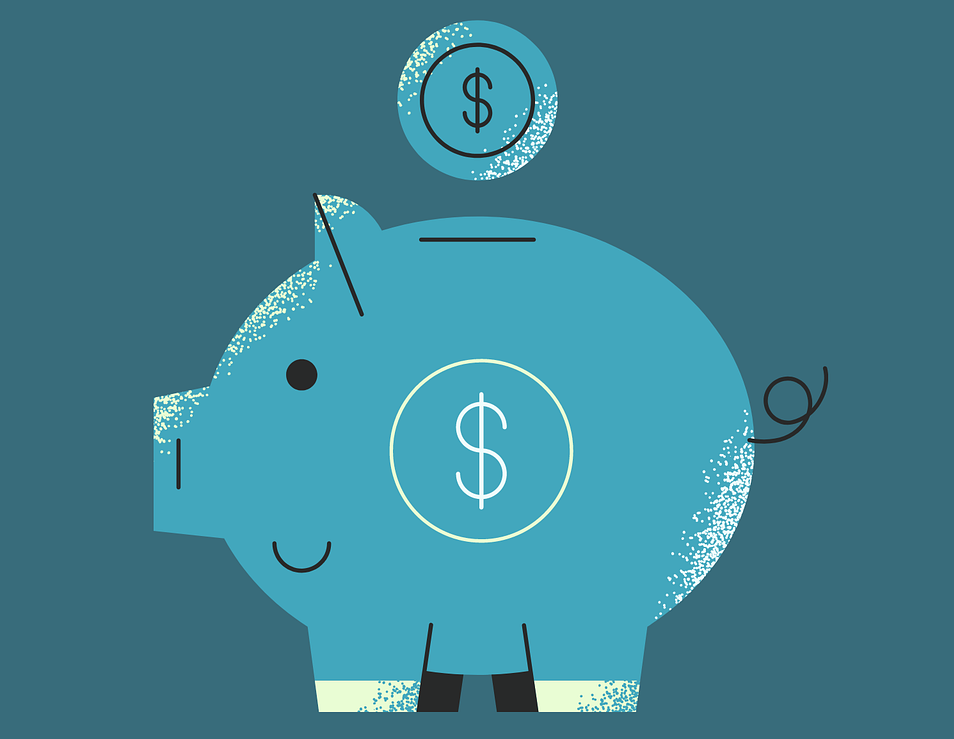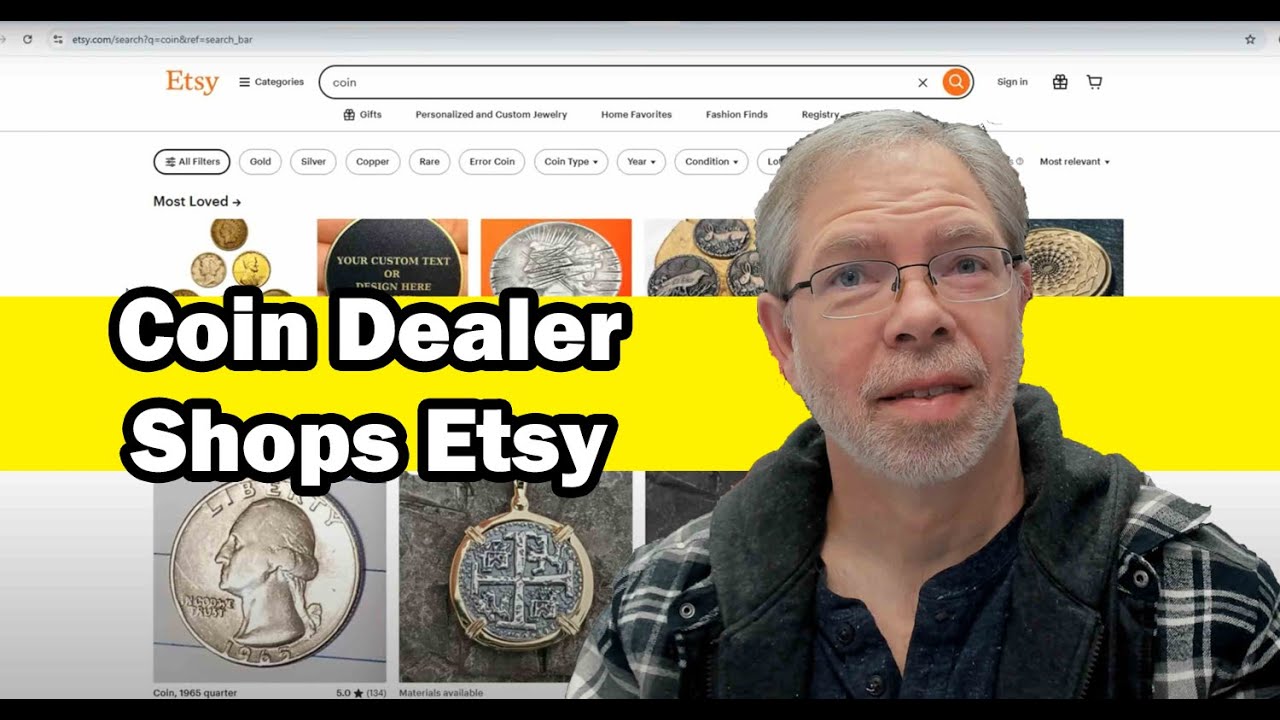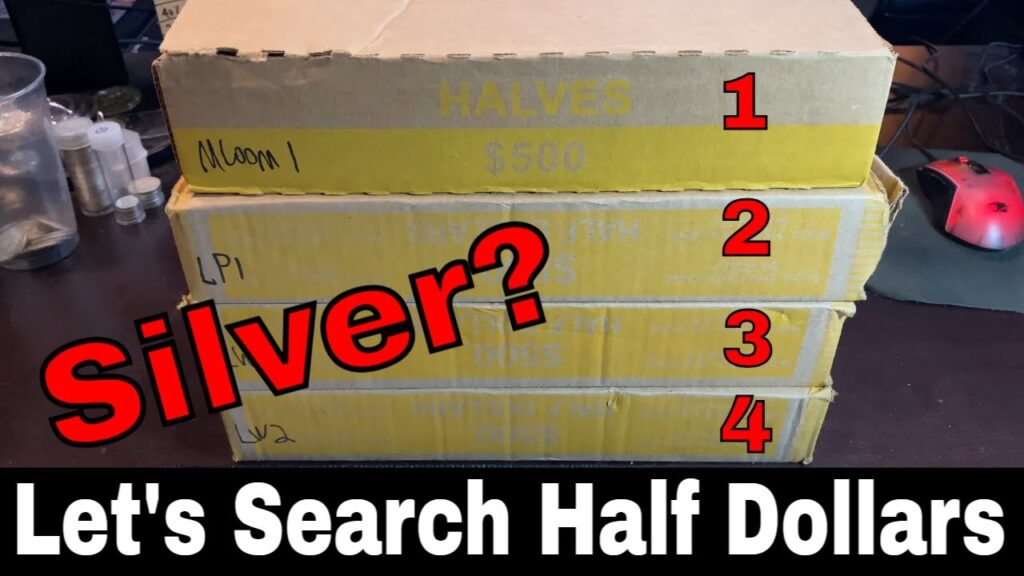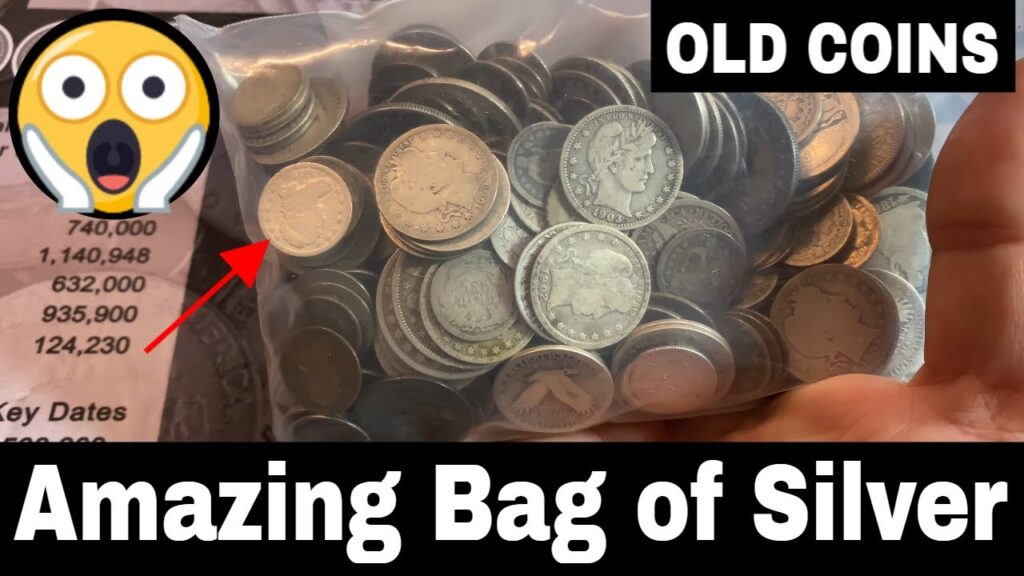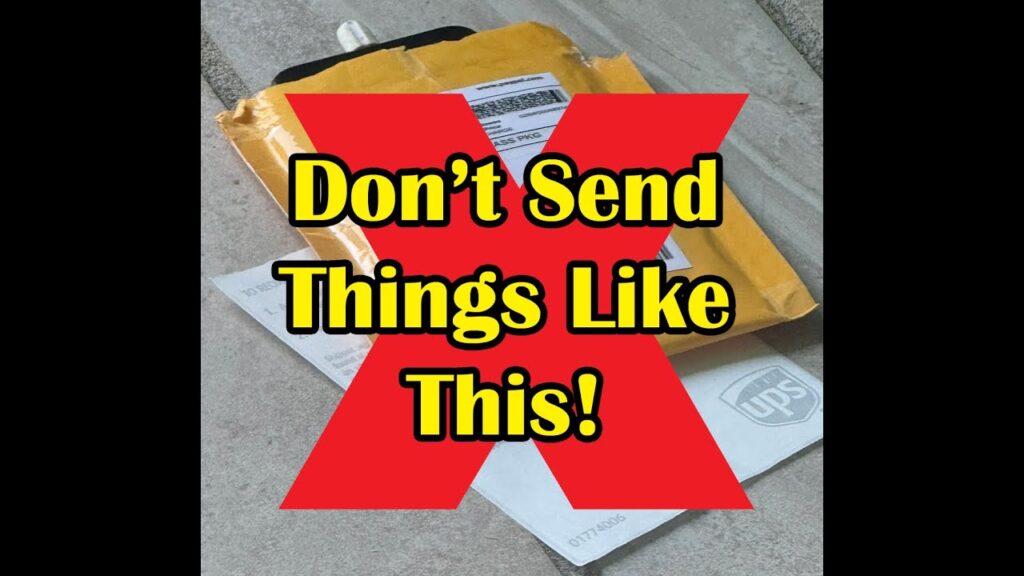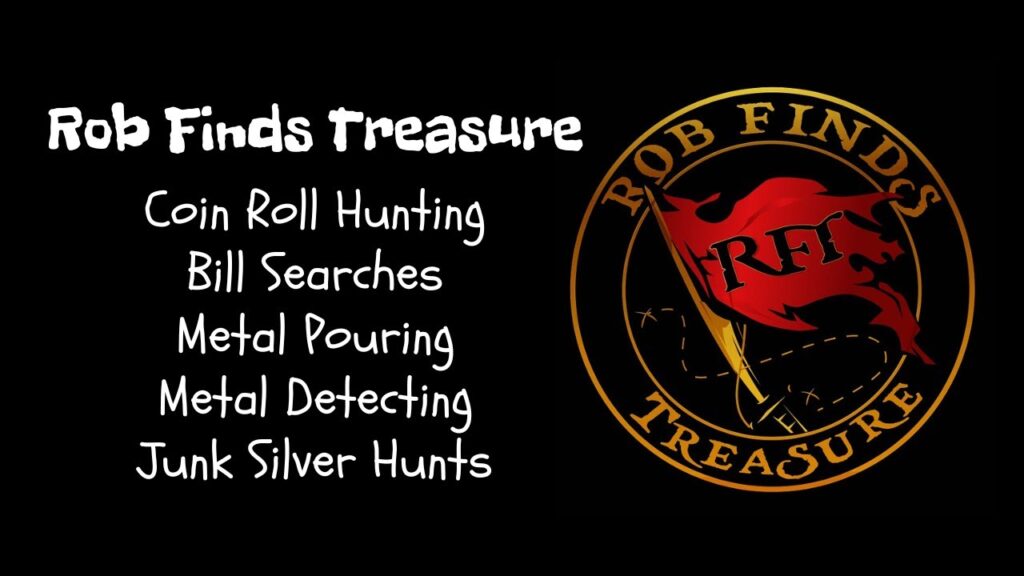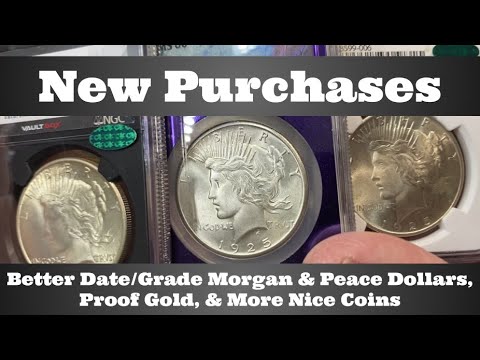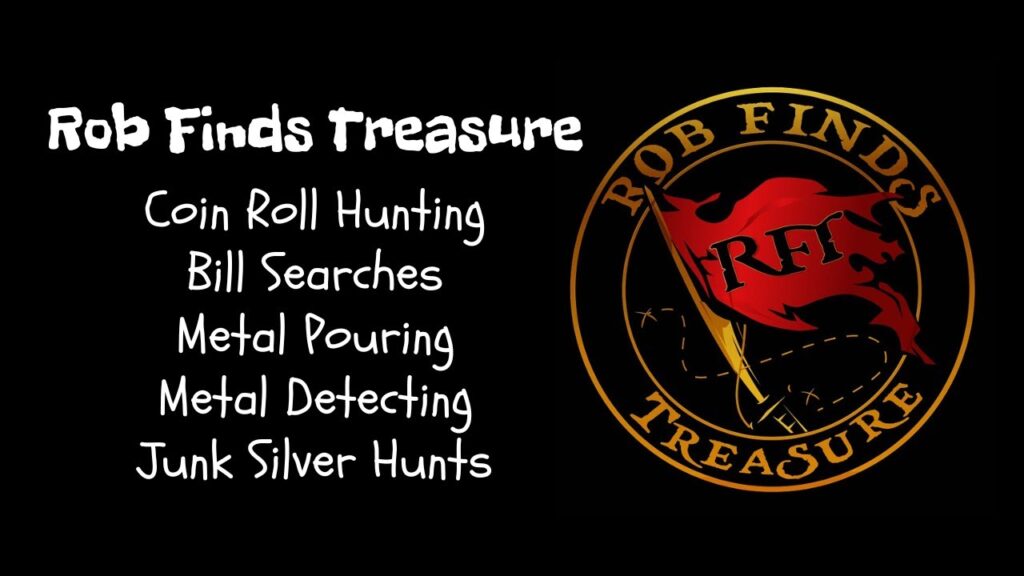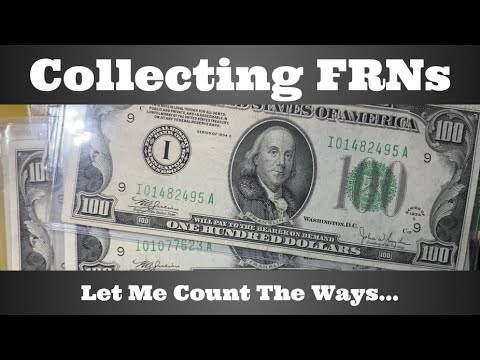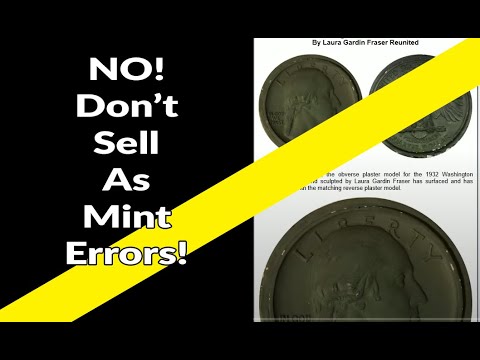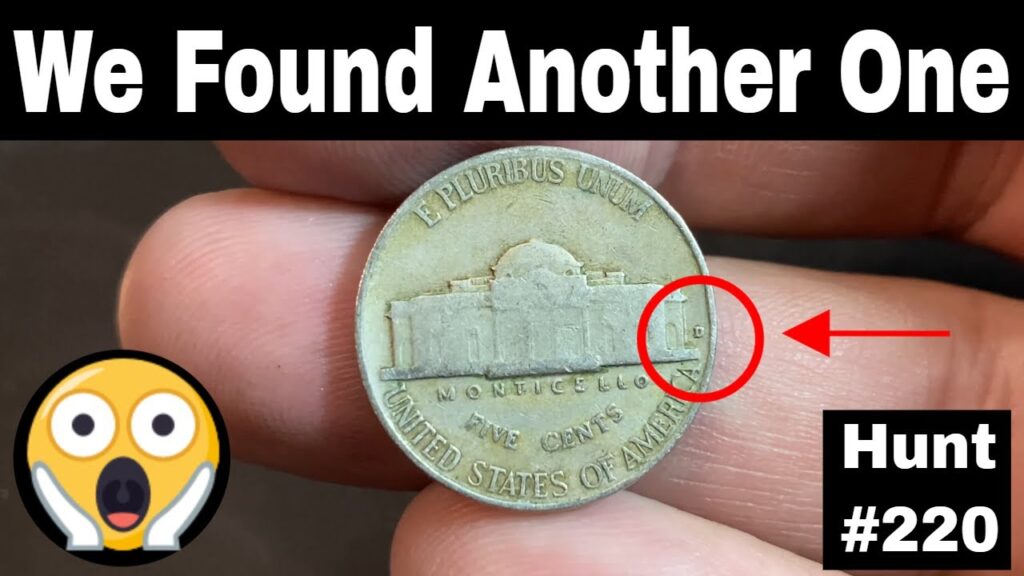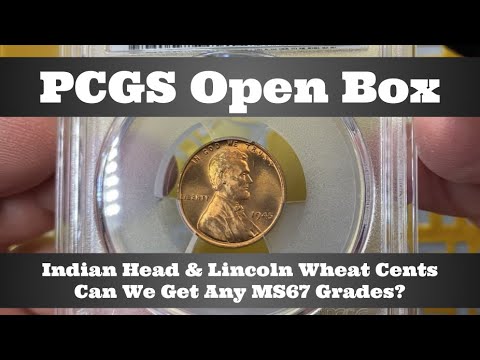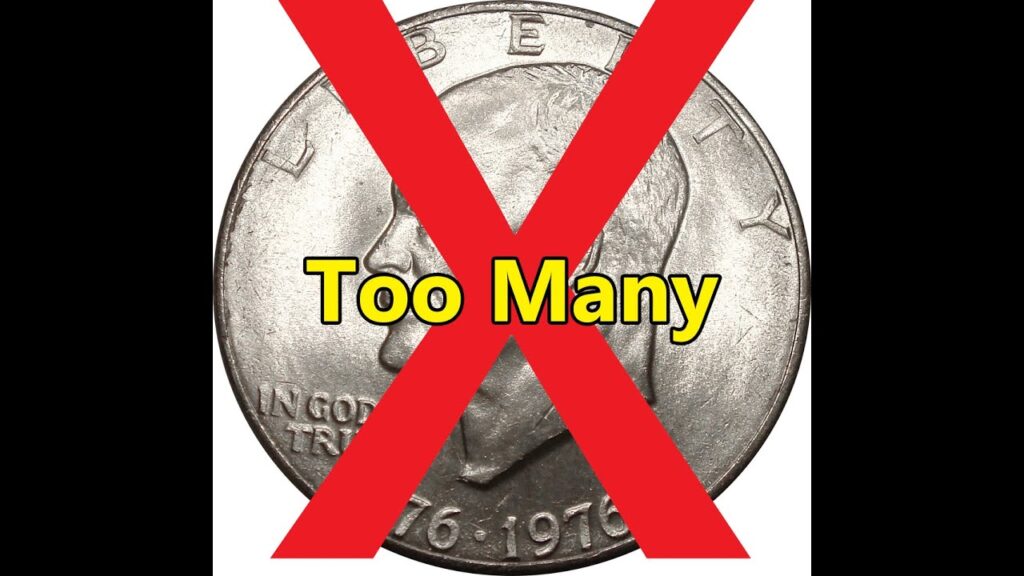Shopping Etsy For Coins As A Coin Dealer – What Did I Buy?
Buy Coins From Us: https://portsmouthcoinshop.com/
Help Community
Coin Value App: https://coinauctionshelp.com/coincollectingapps/
Mint Error App: https://errorcoins.coinauctionshelp.com/wordpress/
Join this channel to get access to perks:
https://www.youtube.com/channel/UCIYtW3byS0u7rBmXg71pXQw/join
Shopping for Coins on Etsy: A Coin Dealer’s Experience
Daniel, a coin dealer with a brick-and-mortar store, explores Etsy to purchase coins and evaluate their worth. Unlike eBay, Etsy’s interface and listing methods are different, making it an interesting experience.
Browsing Listings
Daniel searches for coins and comes across various listings, some with unrealistic prices. For example, a 1965 quarter listed for $800 is grossly overpriced unless struck on a silver planchet. Similarly, a 1932-1964 quarter listed for $16.89 depends entirely on its grade. He adds a few items to his cart to test their authenticity.
Purchases Made
Unsearched Penny Roll: Advertised as truly unsearched, it features Indian Head cents on the ends. Such listings often use strategic marketing tactics to attract buyers.
Wheat Cent Rolls with Dimes: Priced at $24, this listing is labeled a “bestseller.” Daniel suspects these rolls might contain ordinary wheat cents and strategically placed dimes to make them seem more valuable.
Counterfeit Coin: A fake silver coin listed for $13.95 is purchased as an example for educational purposes.
Roman Coins Lot: A bulk purchase of 10 coins for $56.54. Authenticity is uncertain, and Daniel is curious to see if they are genuine.
Vintage U.S. Silver Coins: A lot containing Barber and Mercury dimes. If authentic, the price seems reasonable.
Mystery Grab Bag: Priced at $49.99, it claims to contain vintage 90% silver coins, including Morgans, Barbers, and Liberty coins. Daniel wants to assess whether the contents justify the price.
Observations on Etsy Sellers’ Tactics
Daniel notices various deceptive strategies employed by sellers:
Using Indian Head cents in rolls labeled as “wheat cents” to mislead buyers.
Placing dimes in wheat rolls without clearly mentioning them in the description.
Featuring images of copper-colored 1943 cents to create the illusion of a rare find.
Selling low-quality or altered coins at inflated prices.
Final Cost and Next Steps
Daniel’s total spending reaches $233.21, including shipping and sales tax. Once the coins arrive, he plans to review them in a follow-up video to determine if the purchases were worthwhile or misleading.
Conclusion
Shopping for coins on Etsy requires careful scrutiny, as misleading listings are common. Buyers should research values, be cautious of deceptive imagery, and verify descriptions before making purchases. Daniel’s experiment highlights the importance of knowledge in coin collecting to avoid overpaying for misrepresented items.
